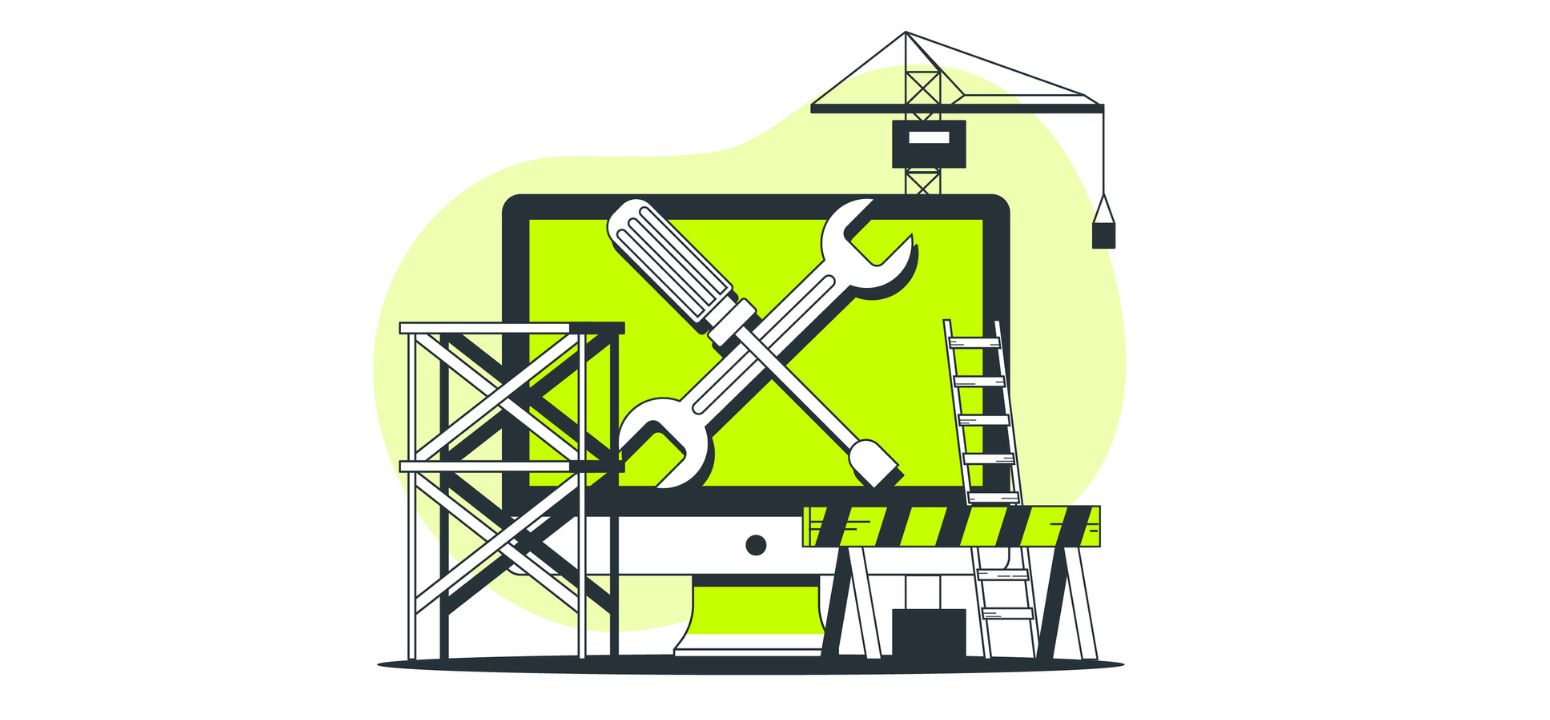
Design for Testability (DFT) is a crucial aspect of Very Large Scale Integration (VLSI) design, ensuring that the manufactured chips can be tested effectively and efficiently. This blog post reviews various tools that support DFT in VLSI, discussing their features, advantages, and limitations.
Introduction to Design for Testability
Importance of DFT in VLSI
Design for Testability (DFT) in VLSi is essential in VLSI to detect manufacturing defects and ensure the functionality of the chip. Effective DFT practices help in reducing testing costs, improving yield, and ensuring the reliability of the final product.
Key DFT Techniques
- Scan Chains: Inserting scan chains allows for easier testing of sequential circuits by converting flip-flops into scan flip-flops.
- Built-In Self-Test (BIST): BIST techniques enable the chip to test itself, reducing the need for external testing equipment.
- Boundary Scan: Also known as JTAG, boundary scan is used for testing interconnects on PCBs and within chips.
Top Tools for DFT in VLSI
Synopsys DFTMAX
Overview
Synopsys DFTMAX is a popular tool for implementing scan compression techniques, which reduce test data volume and test time. It integrates seamlessly with other Synopsys tools, providing a comprehensive solution for DFT.
Features
- Scan Compression: Significantly reduces test data volume and time.
- Support for Advanced Nodes: Compatible with advanced technology nodes, ensuring future-proofing.
- Integration with Synopsys Flow: Works well with other Synopsys tools like Design Compiler and TetraMAX.
Advantages
- Reduced Test Costs: Lower test data volume leads to reduced test costs.
- Comprehensive DFT Solution: Part of an integrated toolchain from Synopsys.
Limitations
- Cost: Can be expensive for smaller companies.
- Learning Curve: Requires expertise to utilize fully.
Cadence Modus
Overview
Cadence Modus is a DFT solution focusing on high compression and fast execution. It offers a range of features to optimize test generation and diagnosis.
Features
- High Compression Rates: Achieves high levels of test data compression.
- Fast Test Pattern Generation: Speeds up the process of generating test patterns.
- Unified Test Solution: Integrates with Cadence’s broader design flow.
Advantages
- Speed: Rapid test pattern generation and compression.
- Integration: Works well within the Cadence ecosystem.
Limitations
- Complexity: May be complex to integrate with non-Cadence environments.
- Resource Intensive: Requires significant computational resources.
Mentor Tessent
Overview
Mentor Tessent provides a suite of DFT tools, including solutions for scan insertion, BIST, and diagnosis. Tessent is known for its robust feature set and flexibility.
Features
- Comprehensive DFT Suite: Offers tools for scan, BIST, and diagnosis.
- Debug and Diagnosis Tools: Advanced features for diagnosing faults.
- Yield Analysis: Tools to analyze and improve yield.
Advantages
- Flexibility: Can be tailored to specific design needs.
- Robust Feature Set: Comprehensive tools for various DFT needs.
Limitations
- Cost: High cost may be a barrier for small to mid-sized companies.
- Complexity: Advanced features can be complex to implement.
Comparison of DFT Tools
Feature Set Comparison
| Feature | Synopsys DFTMAX | Cadence Modus | Mentor Tessent |
|---|---|---|---|
| Scan Compression | Yes | Yes | Yes |
| BIST Support | Yes | Yes | Yes |
| Boundary Scan | Yes | Yes | Yes |
| Integration | High (Synopsys) | High (Cadence) | Moderate |
| Ease of Use | Moderate | Moderate | Moderate |
| Cost | High | High | High |
Performance and Efficiency
- Synopsys DFTMAX: Excellent scan compression but requires significant setup.
- Cadence Modus: Fast test pattern generation, ideal for time-sensitive projects.
- Mentor Tessent: Best for comprehensive DFT needs with advanced diagnostic tools.
Conclusion
Selecting the right DFT tool for VLSI design depends on various factors, including the specific requirements of the project, existing design flows, and budget constraints. Synopsys DFTMAX, Cadence Modus, and Mentor Tessent each offer unique strengths, and the best choice will vary based on the specific needs of the design team. Investing in the right DFT tools can significantly enhance test efficiency, reduce costs, and improve the overall quality and reliability of VLSI chips.
Also Read : fpga architecture in vlsi
To know more about VLSI Course , SuccessBridge VLSI training institute. You can begin your VLSI career by enrolling in the placement-assisted live courses available at SuccessBridge We offer various VLSI online courses. We offer VLSI Physical Design course, Design Verification course, DFT Training , Chip design course many more. Explore VLSI Courses From The Leaders In VLSI Training







Venna kasieswari
VLSI
Venna kasieswari
VLSI Explore VLSI Courses From The Leaders In VLSI Training